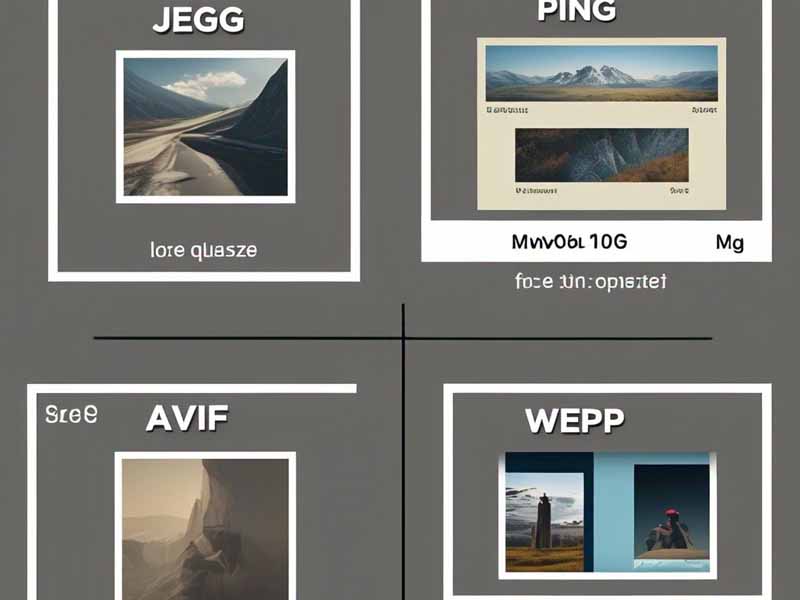
Fastcreasite – Optimizing Images & Media is crucial for ensuring fast and smooth website performance. Large, unoptimized images can significantly slow down load times, frustrating users and negatively affecting search engine rankings. When a website takes too long to load, visitors are more likely to leave before engaging with the content, leading to higher bounce rates and lower conversion rates.
High-resolution images and videos enhance visual appeal, but if not properly optimized, they can overload a website’s bandwidth. This is especially problematic for mobile users with limited data plans. Therefore, finding the right balance between media quality and performance is essential for a seamless user experience.
One of the most effective strategies for optimizing images & media is compression. By reducing the file size without significantly compromising quality, compression ensures faster loading times. Tools like TinyPNG, ImageOptim, and ShortPixel can help shrink image files while maintaining visual clarity.
“Taylor Swift’s Generous Tips for Grammy 2025 Staff!”
Additionally, using modern image formats like WebP and AVIF can greatly enhance performance. These formats offer superior compression compared to traditional JPEG and PNG files, allowing websites to maintain high-quality visuals with much smaller file sizes. Many major web browsers now support these formats, making them an excellent choice for improving website efficiency.
Lazy loading is another powerful technique for optimizing images & media. This method defers the loading of off-screen images and videos until they are needed, preventing unnecessary strain on website resources. By implementing lazy loading, pages load faster initially, improving the user experience, especially on slower internet connections.
Search engines also favor well-optimized websites, so reducing media load times can contribute to better SEO rankings. With faster page speeds and improved performance, businesses can increase user engagement, boost conversions, and create a more enjoyable browsing experience for visitors.
Optimizing images & media is a key factor in website performance and user satisfaction. By compressing images, adopting modern formats like WebP, and using lazy loading techniques, website owners can significantly enhance speed without sacrificing quality. A well-optimized site not only provides a better experience for visitors but also ranks higher in search engines, making it a win-win strategy for any online business.
“Sleeping Position: Is Your Mattress the Right Fit?”
Fastcreasite - Next Gen Web innovations are no longer just theoretical they are reshaping how users interact with websites in…
Fastcreasite - Chat Meets Chrome may soon become more than just a slogan it’s the future of web interaction. OpenAI…
Fastcreasite - In a strategic move that signals a major leap for digital commerce, Smart Selling Starts now with the…
Fastcreasite - The Fall of the Search is no longer just a prediction it’s a reality taking shape across the…
Fastcreasite - Smarter Sites are rapidly transforming how individuals and businesses create their online presence in 2025. With powerful web…
Fastcreasite - Emotional UX is rapidly transforming how designers think about the user experience. Emotional UX focuses on building digital…
